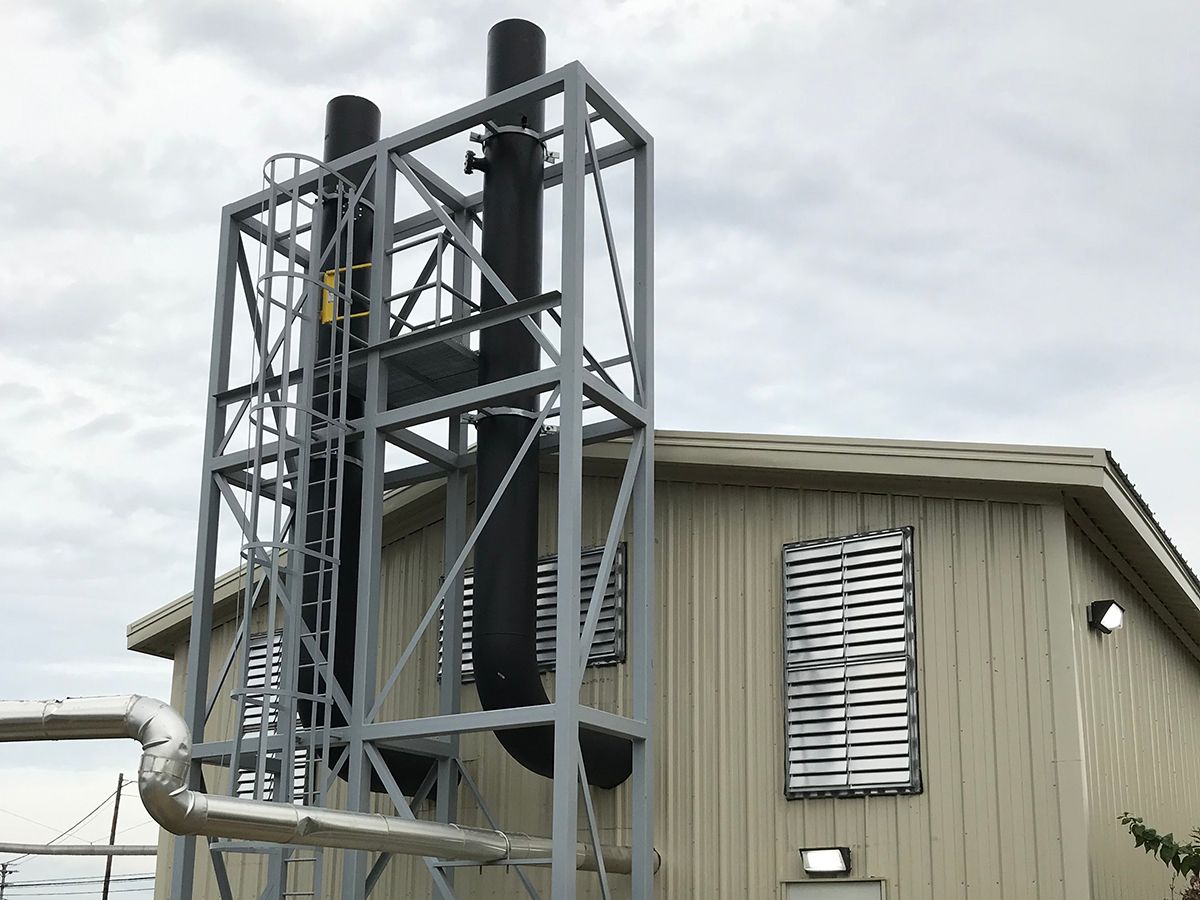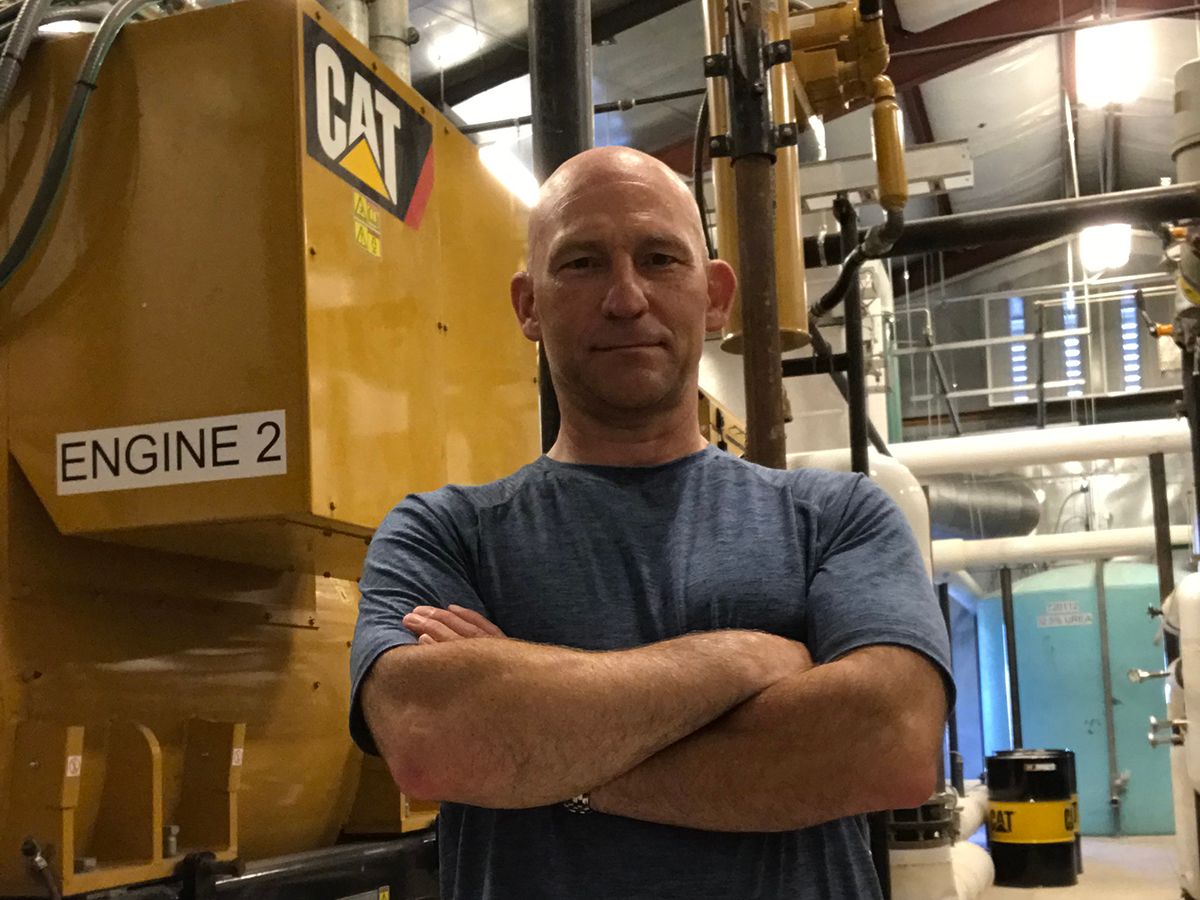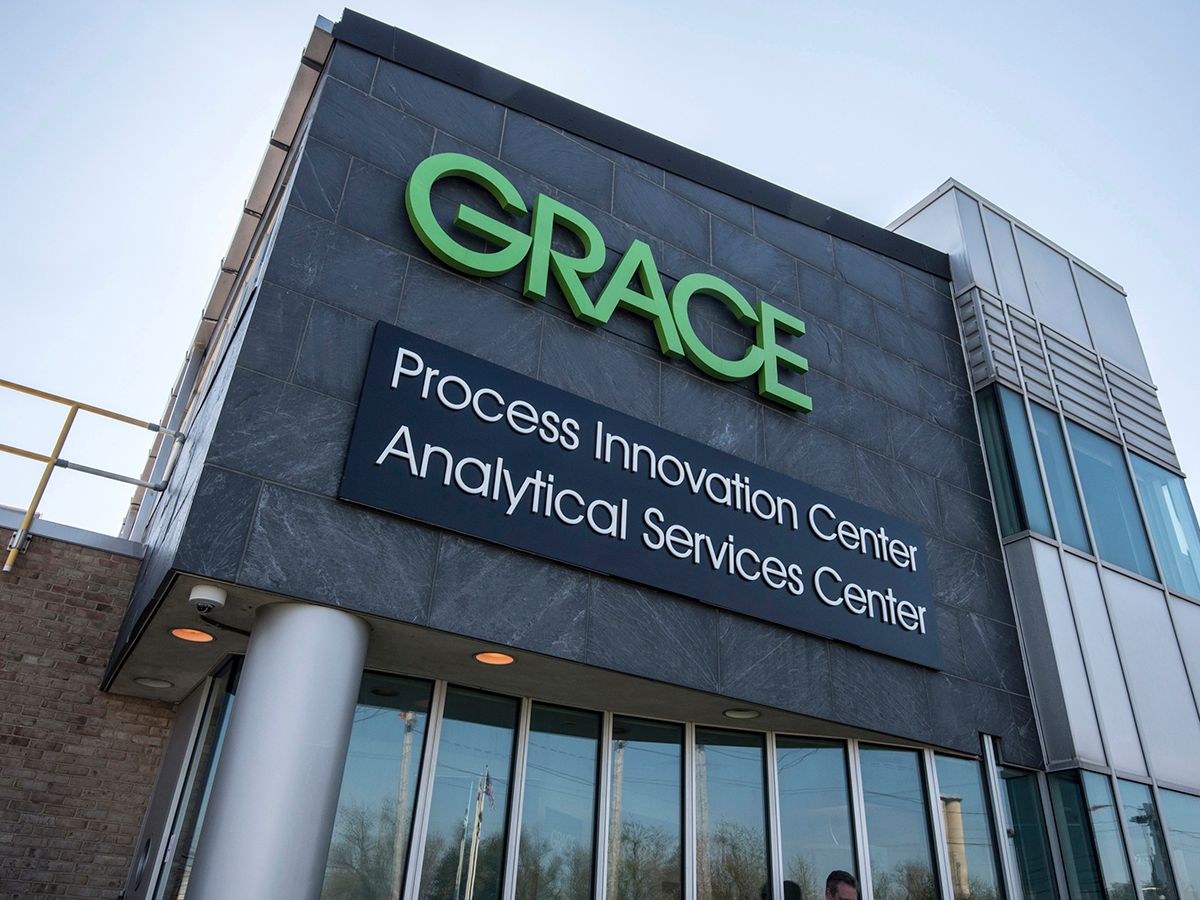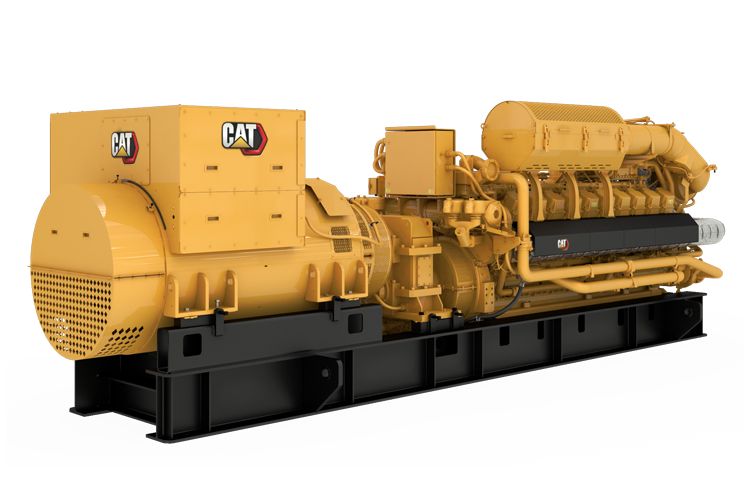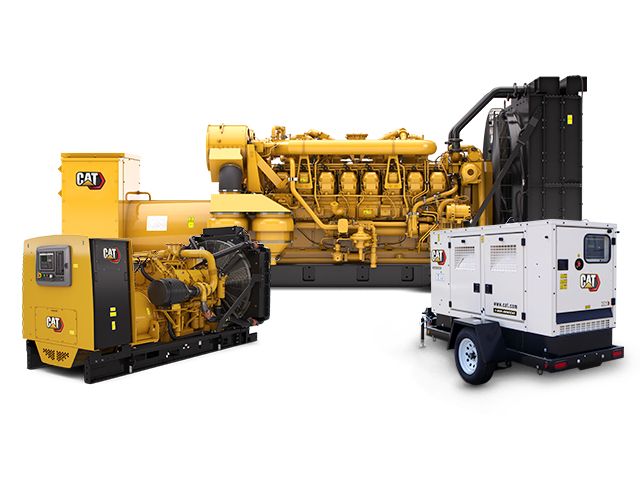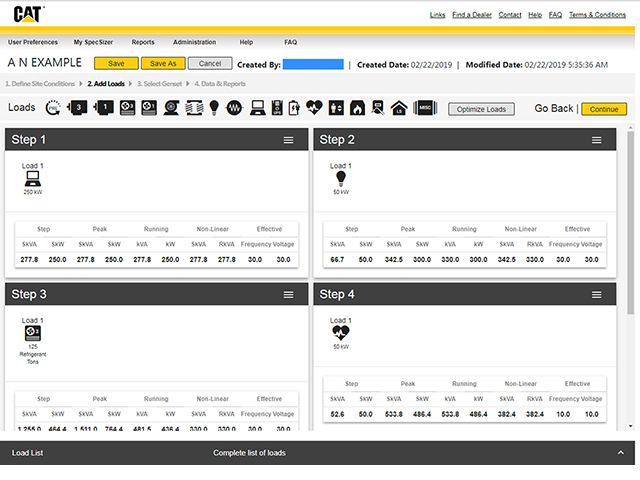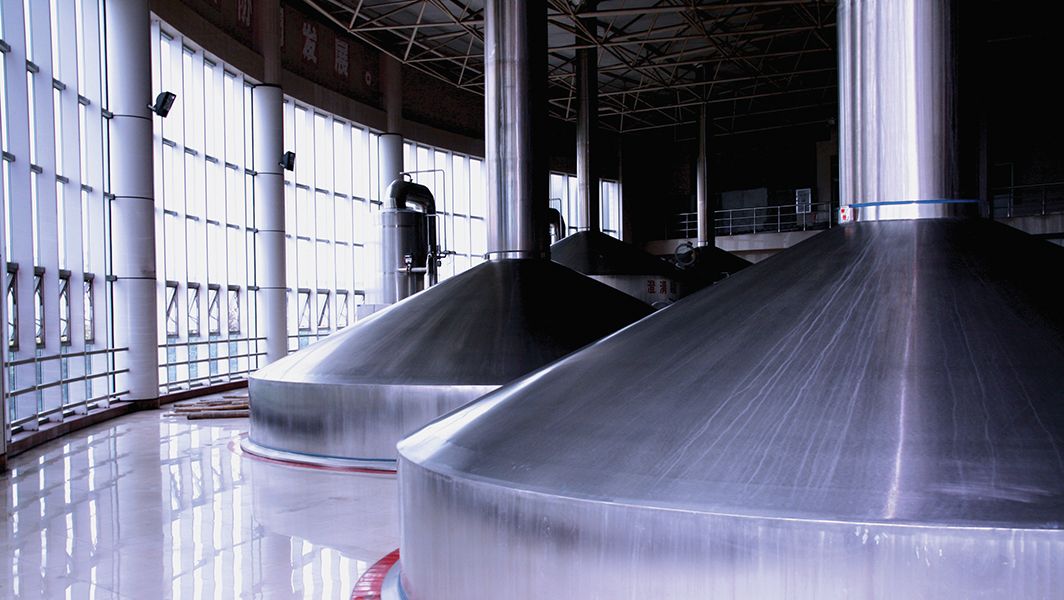

Sign In
Welcome! Sign In to personalize your Cat.com experience
If you already have an existing account with another Cat App, you can use the same account to sign in here
Register Now
One Account. All of Cat.
Your Caterpillar account is the single account you use to log in to select services and applications we offer. Shop for parts and machines online, manage your fleet, go mobile, and more.
Account Information
Site Settings
Security
W.R. Grace Depends On Cogeneration To Offset Energy Costs
Customer: W.R. Grace / Davison Chemical Division
Location: Baltimore, Maryland
Customer Business Issue: Energy savings, reduced emissions
Solution: 3520H generator sets (2)
Cat® Dealer: Carter Power Systems




POWER NEED
The Curtis Bay facility of W.R. Grace & Co. is located on an industrialized peninsula in South Baltimore, Maryland. At one million square feet, Curtis Bay is the largest of the conglomerate’s 22 manufacturing plants, with six production facilities that manufacture hundreds of products within four general product lines.
All four W.R. Grace business units are represented, including Material Technologies, Specialty Catalysts, Refining Technologies and Advanced Refining Technologies. The products that originate from the Curtis Bay plant are used to make anything from pharmaceuticals to toothpaste, gasoline, and bottles and cans.
Before W.R. Grace acquired the facility in 1943, manufacturing at this location began in 1910 making sulfuric acid, then fabricating munitions during World War I; and silica gel throughout World War II as a dehydrating agent to protect shipments from the damaging effects of air and moisture. Today, the facility makes catalysts and silicas.
The W.R. Grace plant operates 24/7. Electrical demand varies by approximately 15 percent on a monthly basis, and monthly electrical consumption varies by up to 30 percent. Monthly natural gas usage varies by up to 23 percent depending on process operation.
To meet its power demand, Curtis Bay plant uses both electricity and natural gas supplied by Baltimore Gas & Electric (BG&E). The plant has a 14.7 MW peak demand—but has an average load of 12 MW—and uses approximately 94,430,830 kWh/year. Curtis Bay uses natural gas to directly supply process load and also supply boilers used for steam and hot water throughout the facility.
Aging infrastructure is an ongoing challenge at Curtis Bay, as old utility feeds and transformers occasionally go down, says project manager Richard Martin.
“We try to maintain them as best we can. It’s a big facility and we have a crew dedicated to making sure that things are maintained and respond to any shutdowns,” Martin says. “Loss of power is a big issue on this site—it shuts down basically all of our production, and if we’re not producing product, we’re not making money.”
SOLUTION
In late 2016, Grace began the planning process to install a combined heat and power (CHP) project, subcontracting both the design and construction of the CHP plant. Ultimately, the plant was commissioned in November 2019, and includes two Cat® 3520H generator sets supplied by Cat dealer Carter Power Systems that are located in a fit-for-purpose building. Each engine is equipped with an oxidation catalyst and a selective catalytic reduction (SCR) system to meet stringent environmental criteria.
“We consume an average of about 12 megawatts of power, with redundant distribution from what we call our horseshoe,” Martin says. “It’s our main feeding facility where the power from the utility enters the site. So, we were looking to offset some of that power and reduce our operating costs by utilizing cogeneration with the Cat gensets.”
Combined, the two generator sets produce about 5 MW of electric power, offsetting about 40 percent of the plant’s annual power consumption.
The heat recovery system was designed to receive 450 gpm of city water at temperatures varying from 47°F in the winter to 70°F in the summer, and deliver hot water at about 130°F to the plant instead of heating it with steam. The water flows through two heat exchangers in series, with the first exchanger pulling heat from the first-stage aftercooler; and the second exchanger pulling heat from the jacket water, lube oil cooler, second-stage intercooler, and exhaust heat. The hot water is stored in 10,000-gallon insulated tank and used in a process stream.
“We recognized the advantage of recovering heat that we can use in a wash media in our manufacturing process,” Martin says. “We previously heated up the water using the onsite steam boilers, but now we can use the hot water generated from our CHP system to offset much of that load.”
RESULTS
The benefits to Curtis Bay plant are numerous. Since the CHP system began operating, utilization of the boilers to heat the water has dropped significantly, Martin says. Thermal offset of about 10 percent of its annual natural gas consumption, including boiler efficiency loss, has been realized. The overall efficiency of the CHP system is about 75 percent.
Other tangible benefits include:
- An estimated annual energy savings of $1.2 million
- Increased reliability of its electrical supply
- Expected annual greenhouse gas reduction (GHG) of 14,415 tons CO2e
Financial incentives helped make the project feasible. Grace received a Maryland Energy Administration CHP Incentive Grant of $500,000, and potential BGE CHP Incentive Grants of approximately $4 million based on genset utilization. Total payback on the project is expected to be realized in less than five years from its inception, Martin says.
“The CHP system is a key tool for our plant to remain competitive, reduce our GHG emissions, and improve our long-term sustainability goals,” Martin says.
All scheduled maintenance—including fluid sampling—is handled through a service contract with Carter Power Systems, which is located 15 minutes’ drive from the Curtis Bay facility.
“Nobody likes to see these units down, and if they’re not running I get phone calls,” Martin says. “The folks at Carter are responsive, and I’ve been happy with them. Their main technician, Mike, is a great guy. He really knows these Cat generators and he’s been very helpful to us. So, we’re glad that we’re in partnership with him and the Carter Cat team.”


